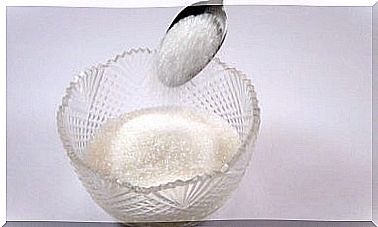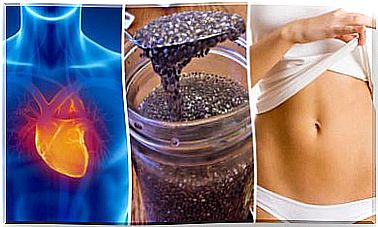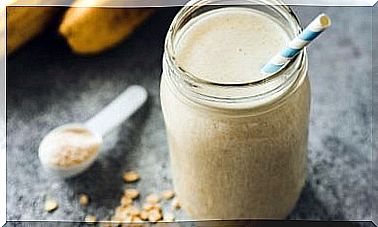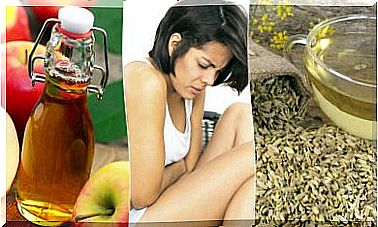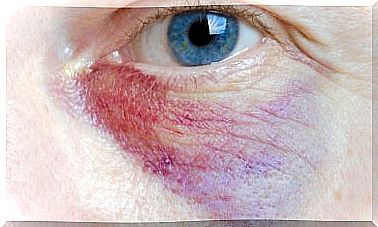What Is A Poultice And What Are Its Uses?
The poultice, also known as a plaster, is a topical paste that is obtained from plants and other substances with medicinal properties. The preparation usually has a soft, warm and moist texture, which is applied to the area of pain to reduce inflammation.
Similarly, this natural remedy can be applied in case of superficial burns, insect bites, muscle tension, congestion, among other health problems. How does it work? What are its benefits? In the next space we want to detail everything about it.
Types of poultices
The poultice can be classified into several types, according to its properties and uses. The most common are the following:
- Astringents They are intended to clean and disinfect the skin. In addition, its properties make the skin contract.
- Hot In its traditional form, the poultice is hot and is used to soothe ailments and trauma. Also, one of its most common uses is muscle relaxation.
- Vulnerary. They have antimicrobial, healing and soothing activity. Due to this, they are considered adjuvants in case of open wounds. However, the evidence is insufficient and should not be a first-line treatment.
Main uses of the poultice
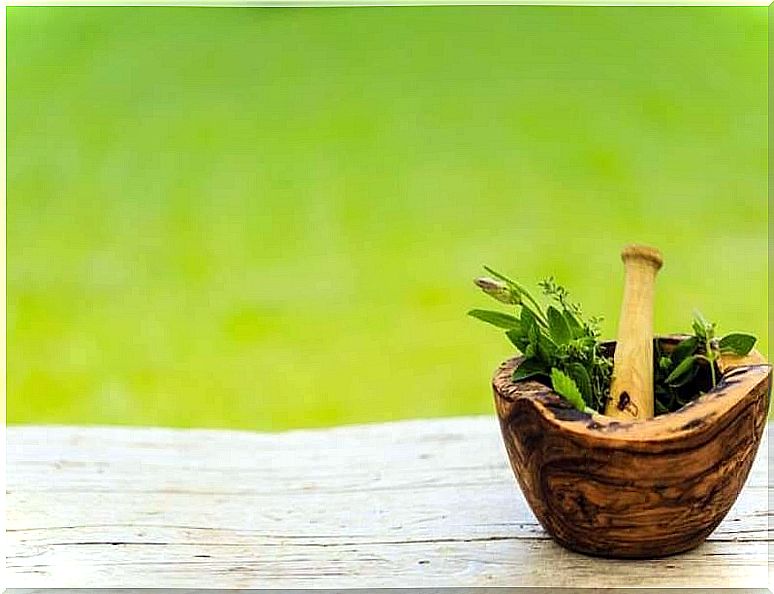
As we have commented, the poultice has several uses in natural medicine. It is important to bear in mind that its use must be for these specific cases, since it does not replace medical treatments. On the other hand, there is a lack of solid studies that confirm the properties attributed to them.
Poultice for abscesses
An abscess is a collection of pus that originates from a bacterial infection or the presence of foreign substances. It often causes inflammation and pain. Although its treatment varies according to the cause, mild cases can be improved with a poultice.
The moist heat that is given off from this natural remedy can help reduce the size of the abscess by facilitating its drainage. In this case, the use of Epsom salt, which has anti-inflammatory and soothing properties, is recommended, according to a publication from the Cleveland Clinic .
Poultice for infections
Mild cases of external infection seem to improve naturally with the application of a poultice of herbs, mud, or clay. Although they do not replace medical treatment with antibiotics and disinfectant products, they are useful in specific cases where there is no risk of complications.
A study published through the International Journal of Antimicrobial Agents found that a clay poultice can help fight certain types of infectious bacteria when applied to wounds. For now, more evidence is needed.
Poultice for cysts
Cysts are small sacs that can be filled with fluid, sebum, and a mixture of other substances. They appear almost anywhere on the body and their size varies depending on the type. In many cases, the solution is a surgical procedure that facilitates drainage.
However, when they are mild, applying a warm poultice can help. Its use several times a day reduces swelling and pain. In fact, it is sometimes enough to promote drainage.
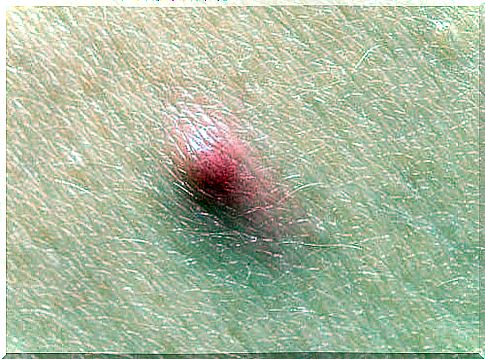
Poultice for diabetic ulcer
Since ancient times, the poultice has been used as a useful remedy in case of diabetic ulcers. Historical data suggest that, in the late 1800s, a flaxseed poultice was used to soften tough skin before cutting diseased tissue in these patients.
In this regard, a study published in the Journal of Ethnopharmacology determined that a fern poultice Blechnum orientale seems to serve as an adjunct to the wounds of the diabetic patient. The research was done in animals and, therefore, more evidence is required.
Poultice for arthritis
A complementary treatment in case of arthritis consists of applying herbal poultices on the joints with pain. For now, there is no solid evidence on its effectiveness; however, it is often considered a safe and easily accessible treatment.
An investigation through the Journal of Advanced Nursing shows that the application of a warm poultice with ginger helps to reduce pain and stiffness in case of osteoarthritis. They even seem to cause improvements in general well-being.
This is reinforced by another study published in the Journal of Intercultural Ethnopharmacology , in which it is commented that ginger has anti-arthritic, anti-rheumatic and anti-inflammatory properties.
What should you remember about this remedy?
The application of a poultice can be useful in specific cases of superficial wounds, abscesses, infections or ailments. However, it is not a substitute for medical treatments. Therefore, in the face of any health problem, professional care continues to be a priority.
